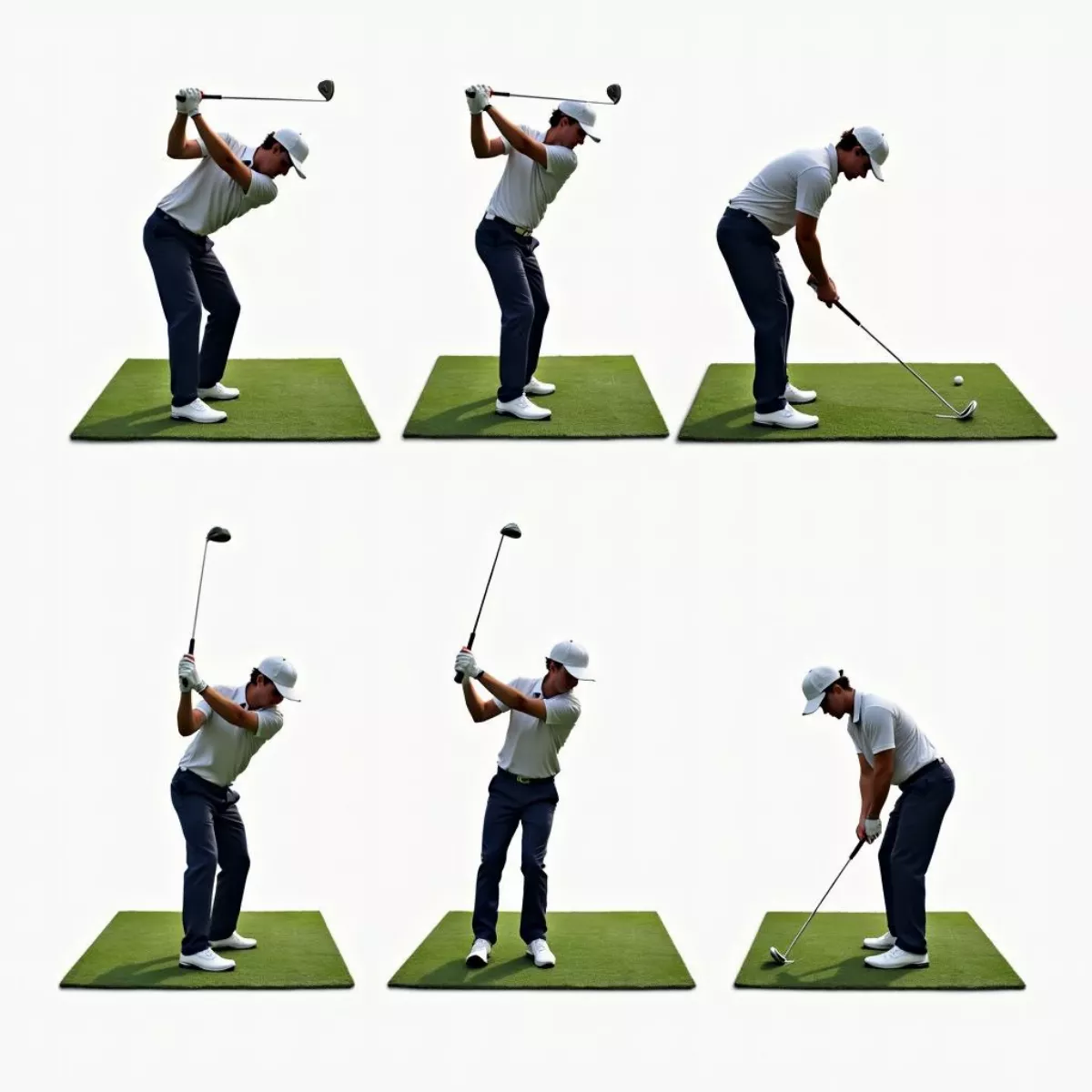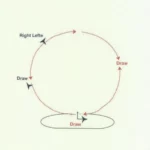Ah, golf! It’s not just a game; it’s a delightful challenge. For many, the ultimate goal is to master the art of drawing and fading shots. If you’ve ever watched the pros on TV and marveled at their ability to bend the ball around trees or strategically shape their shots, you’re in the right place. In this guide, we’ll explore how to draw and fade your golf shots, focusing on techniques, drills, and tips to enhance your performance on the course.
Understanding the Basics
Before we dive into the specifics of drawing and fading, let’s break down what these terms mean.
- Draw: A draw is a shot that curves slightly to the right for a right-handed golfer (or left for a left-handed golfer). It helps in navigating around obstacles and can add distance because of the forward spin.
- Fade: A fade is the opposite—a shot that curves slightly to the left for right-handed golfers (or right for left-handed golfers). This shot is often associated with more control and accuracy.
Why Shape Your Shots?
Understanding how to control the shape of your shots is crucial for the following reasons:
- Strategic Maneuvering: Shape your shots to dodge obstacles like trees.
- Control Distances: Different curves can influence how far your ball travels.
- Improved Accuracy: A well-shaped shot can land closer to your intended target.
 Golf Course Obstacles
Golf Course Obstacles
Mastering the Draw
Grip and Setup
- Grip Adjustment:
- Move your hands slightly to the right on the grip (for right-handed players). This closed face at address can promote a draw.
- Alignment:
- Align your body slightly to the right of your target. You’ll want your clubface aligned to the target while your body aligns to the right.
- Ball Position:
- Position the ball further back in your stance (about midpoint or slightly closer to your trailing foot).
Swing Path
- Inside-Out Path:
- Focus on swinging from the inside to the outside relative to your target line. This means that your club should start behind you and move outward through impact.
- Follow Through:
- Finish with your hands high. A high follow-through helps promote the necessary spin for a draw.
 Golfer Executing a Draw Shot
Golfer Executing a Draw Shot
Drills for Practice
- Tee Drill: Set up two tees about a foot apart. Tee up a ball and swing through without hitting the tees—this encourages an inside-out swing path.
- Alignment Sticks: Place two alignment sticks on the ground to ensure your swing path follows the desired inside-out direction.
Mastering the Fade
Grip and Setup
- Grip Adjustment:
- Rotate your hands slightly to the left on the grip to encourage an open clubface at impact.
- Alignment:
- Aim your body slightly to the left of your target while keeping your clubface aligned with the target.
- Ball Position:
- Position the ball slightly forward in your stance (near your lead foot).
Swing Path
- Outside-In Path:
- Swing from the outside to the inside relative to the target line. Your club should enter the ball from over your shoulder and exit through your lead side.
- Follow Through:
- Finish low and somewhat directed to the left (for right-handed players).
Drills for Practice
- Fade Drill: Use a mirror or video to observe your swing. Ensure that you’re maintaining an outside-in swing path.
- Target Practice: On the range, set targets to your left and focus on intentional fades to those targets.
Key Tips to Remember
To further solidify your understanding, here are some key tips that can enhance your ability to draw and fade your shots:
- Practice: Regularly practice both shots to enhance muscle memory.
- Visualize the Shot: Before every swing, visualize the path the ball will take.
- Stay Relaxed: Tension can hinder your swing. Relax your grip and take a deep breath.
- Adjust for Conditions: Remember to adjust your shot shape based on course conditions, wind, and obstacles.
Key Takeaways
- Draw:
- Closed grip and align right.
- Inside-out swing path.
- High finish.
- Fade:
- Open grip and align left.
- Outside-in swing path.
- Low finish.
By mastering both shots, you can enhance your strategy and presentation on the golf course. Learn the feel for each shot and practice consistently for the best results!
 Golfer Celebrating a Successful Shot
Golfer Celebrating a Successful Shot
FAQ Section
1. What is the main difference between a draw and a fade?
A draw curves the ball slightly from right to left (for right-handed golfers), while a fade curves it from left to right.
2. How can I practice drawing and fading without going to the range?
You can practice in your backyard or at home. Simply set up a small target and visualize your shots while swinging slowly to get the movement correct.
3. Is it necessary to change my grip to hit a draw or fade?
Yes, adjusting your grip can significantly impact your shot shape by influencing the clubface alignment at impact.
4. What attitude should I have while learning these techniques?
Stay patient and positive! Golf is a journey, and learning to draw and fade shots takes time.
5. Can professionals hit both draws and fades?
Absolutely! Most professionals can shape their shots in both directions, allowing them to navigate various courses effectively.
6. How do I know which shot to use in certain situations?
Typically, use a draw to avoid obstacles on your right and a fade on the left. Consider the course layout and wind direction.
7. Is it common for golfers to struggle with these techniques?
Yes, many golfers find shot shaping challenging. Regular practice and drills can help improve your comfort and skill.
8. Are there any tools or aids I should consider using?
Alignment sticks and swing trainers can be useful in practicing your swing path and alignment.
9. What impact does wind have on drawing and fading shots?
Wind can enhance or minimize the effect of your shot shape; for example, a strong headwind might require adjustments to distance.
10. How often should I practice drawing and fading?
Aim to practice both techniques at least once a week, incorporating them into your regular practice sessions.
By applying these instructions, tips, and consistent practice, you’ll find yourself improving your ability to draw and fade golf shots, enhancing both your enjoyment of the game and your overall score. Happy golfing!

